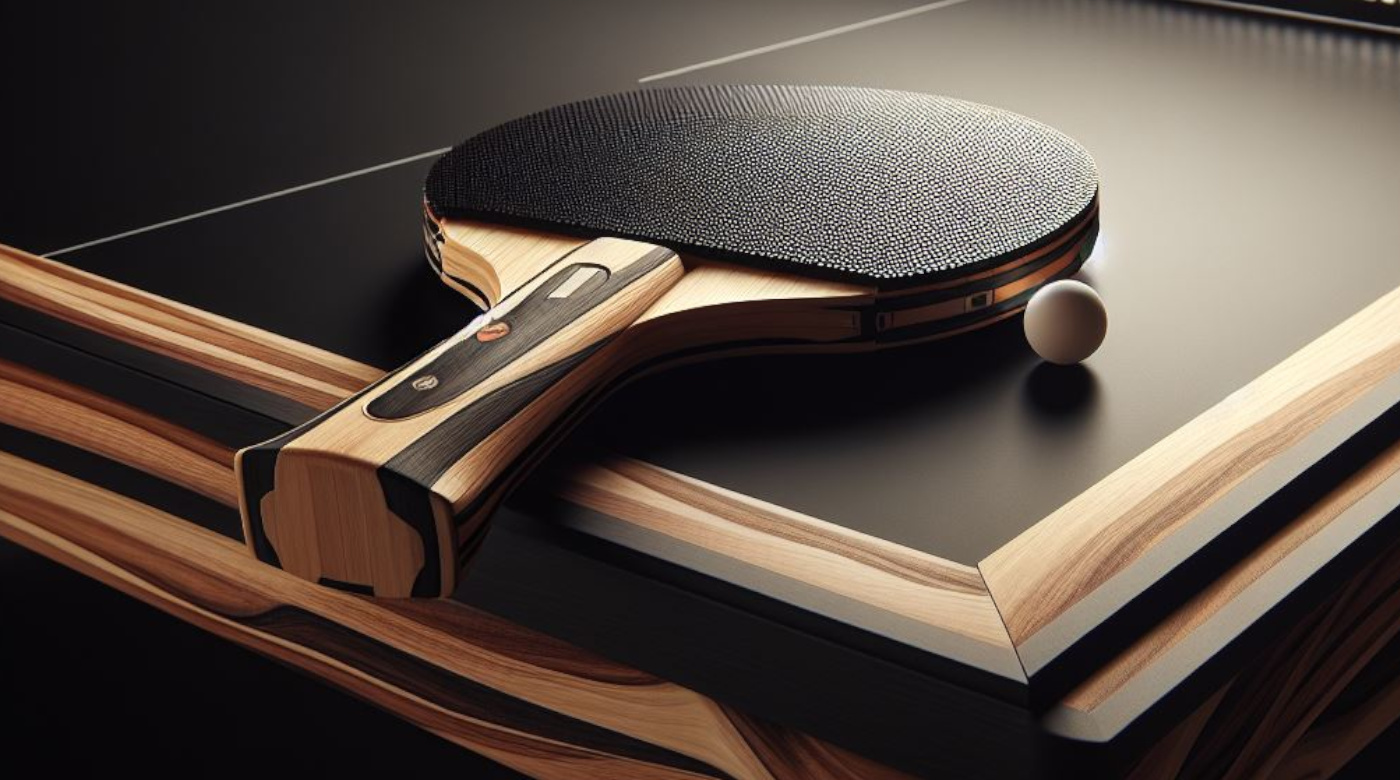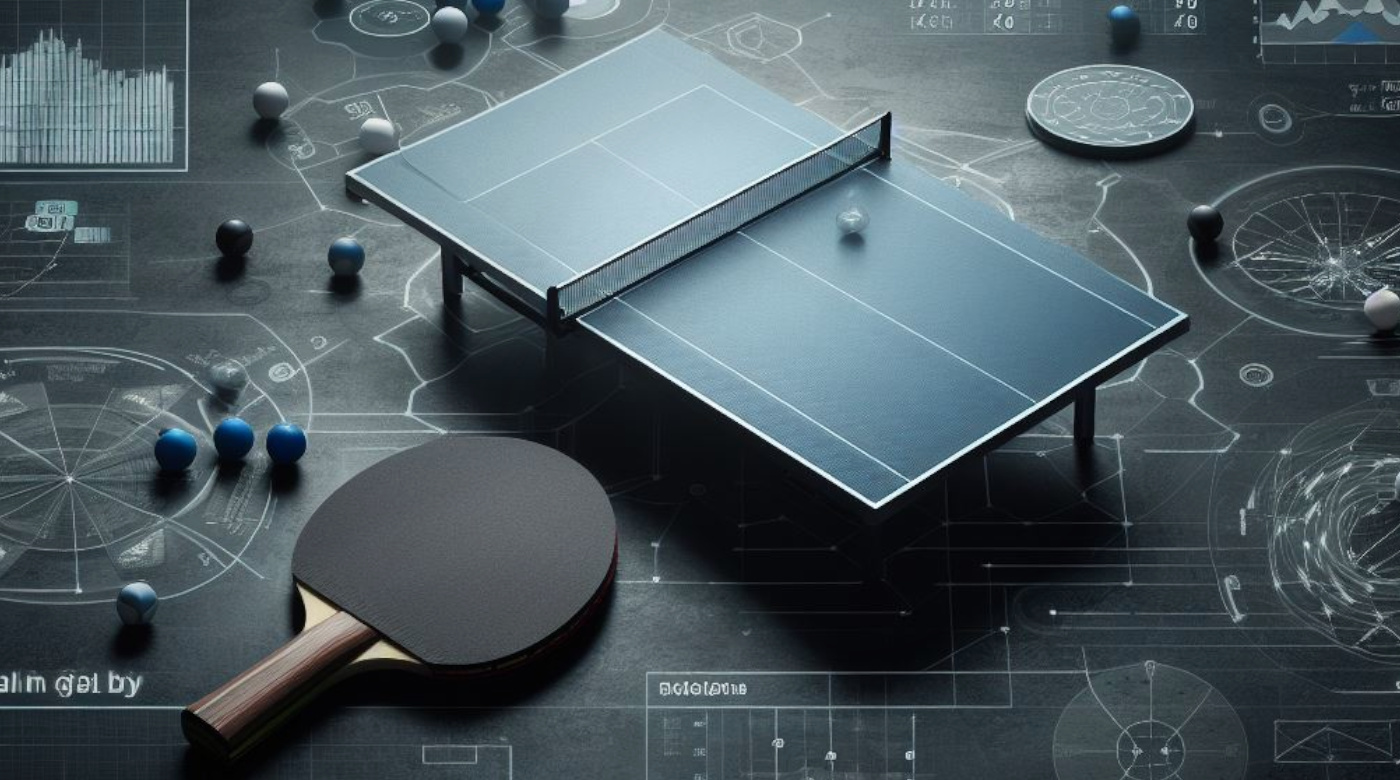Your cart is currently empty!
Reading Your Opponent’s Positioning in Table Tennis
Understanding and anticipating your opponent’s positioning is an essential skill to improve your game in table tennis. It not only helps you predict your opponent’s shots but also allows you to better adjust your positioning and strategy. Here’s how you can develop this skill.
Reading Positions Through Observation
Carefully observe your opponent’s position on the table. Here are the main aspects to consider:
- Position relative to the center line: Left-handed and right-handed players have preferences that influence their positioning.
- Position relative to the sidelines: Some players prefer off-center positions to exploit their dominant forehand or backhand.
- General tendencies: With experience, you will notice that players often position themselves based on their style (offensive, defensive, etc.).
Shoulders and Hips: Directional Indicators
Here are some directional indicators. Shoulders and hips provide valuable information about the likely direction of a shot.
- Slightly open shoulders: Often indicate an intention to play in the opposite direction.
- Hip orientation: A rotation to the left or right can reveal the next trajectory.
- Subtle movements: Analyze posture adjustments before the opponent hits the ball.
Body Reaction Before the Shot
Before each shot, your opponent’s body gives signals about their intention:
- Forward lean: This can indicate a short stroke or a push attempt.
- Backward lean: Often suggests a longer stroke or a powerful attack.
- Lateral movements: Quick side-to-side movements often signal cross-court attacks.
Your Opponent’s Eyes
The eyes can be an excellent indicator of your opponent’s intention:
- Observing the direction of their gaze: Before hitting, players tend to fixate on where they want to send the ball.
- Quick or distracted glance: Can indicate a last-minute change in their strategy.
Experience and Familiarity: Your Best Asset
The ability to read positioning improves with practice:
- Analysis of playing styles: Playing against different types of players will enrich your understanding of positioning patterns.
- Detection of habits: Each player has repetitive movements that you can exploit.
- Observation after the stroke: Take time to reflect on what you have noticed during the match.
Understanding the Limits of Reading Positioning
Although valuable, reading positioning is not infallible:
- Unpredictable factors: Your opponent may intentionally disguise their intentions or change their strategy.
- Next steps: Adapt by staying focused and flexible in your approach.
- Continuous improvement: Only regular practice will refine this skill.
Reading Your Opponent’s Positioning: A Strategic Skill
Reading your opponent’s positioning in table tennis is a strategic skill that requires patience, attention, and practice. Combine observation, body analysis, and anticipation to improve your game and stay a step ahead of your opponents.
Featured Image: Mamba Blades “Reading Your Opponent’s Positioning in Table Tennis”
FEEL THE
DIFFERNECE…



